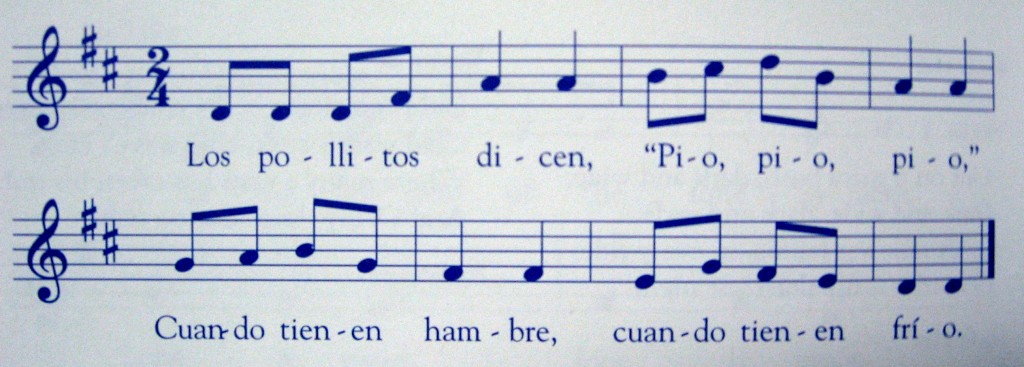USC Sirens Tradition/Chant
Milkshake, milkshake, milkshake, milkshake,
Smoothie, smoothie,
Pump the keg, pump the keg, pump the keg,
Java, java,
Milk the teets, milk the teets, milk the teets,
Yay!
This is a chant that the Sirens always say with each other before any performance. The USC Sirens are USCs first and only all female a cappella group. This chant was started by a crazy lady from France named Landis, one of the Sirens alumni. All Catherine knows is that she brought it up before one performance several years ago and it just stuck with the group. When asked how she feels about this chant, she exclaimed, I love it! She stated that she used to be highly involved in theater with her high school, and they also had a chant similar to the one listed above. She loves how chants such as the one presented above gets everyone pumped up for an upcoming performance. Initially, she said that the words of this chant were pointless and meaningless. But after a long pause, she stated, I guess you could say that it has a lot of secret meanings. I never really thought about it that way though. She said that these things were mainly for the sake of bringing a group together and getting everyone excited for a show.
I am also in this same a cappella group as Catherine, and share the same opinions about this chant that she has. I was also highly involved in theater in high school, and really enjoyed the moment of exhilaration before a performance, where everyone would get together in a circle and chant a certain chant. This particular chant is more meaningful to me because it is something that is solely known within the Sirens family. After sitting and staring at this chant for a while, I noticed a few hidden meanings engraved in the chant. First of all, each line of the chant involves some kind of drink, and the Sirens would always go out to eat or get a drink after every performance. The third line says, pump the keg, three times. Although we do not boast about this, the Sirens have been known to drink a fair amount of alcohol together, or at parties. Thus, this line is a representation of how important alcohol is to the Sirens culture, although not all of the Sirens partake in drinking alcohol. Finally, the last line says, milk the teets. Although this sounds completely random, I feel as though this line is trying to symbolize the fact that we are USCs only all-female a cappella group. Thus, the line about milking the nipples, or teets, possibly means going out there and demonstrating the strength of women to the audience. Although there may be all of these possible meanings to the chant, I feel as though these chants are mainly for the purpose of pumping up the group, and not meant to be analyzed in a literal sense.

